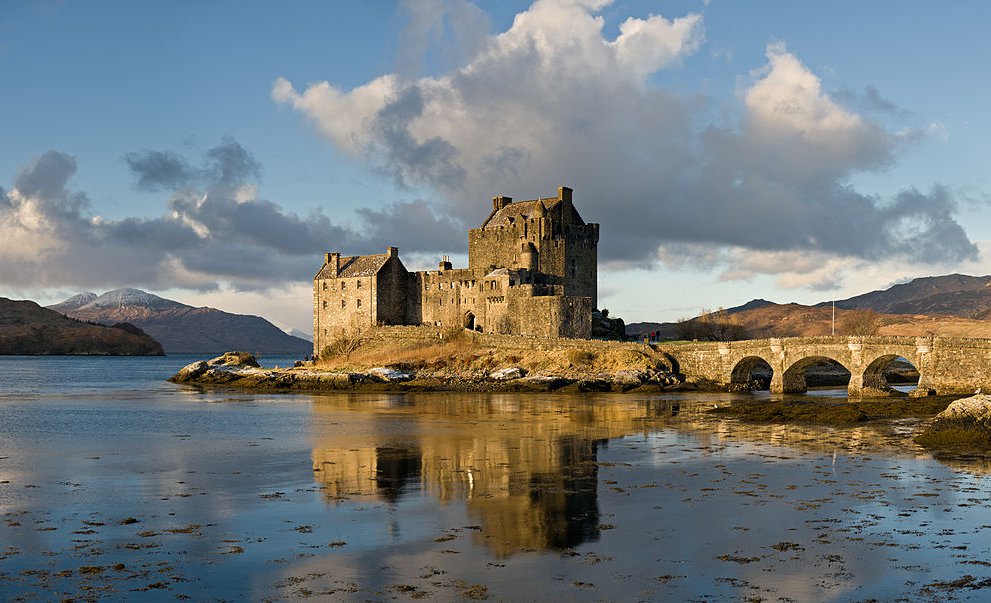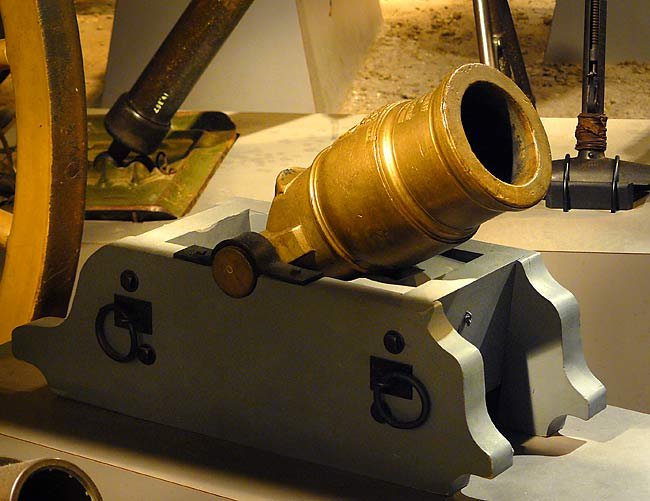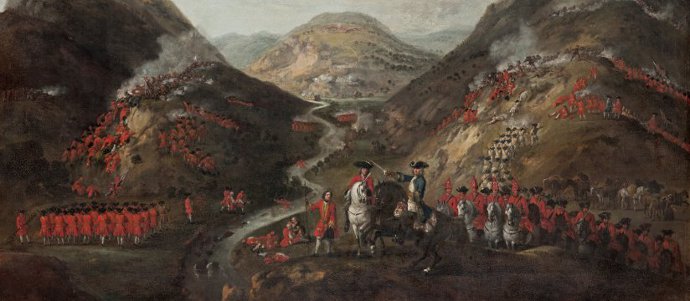
Close
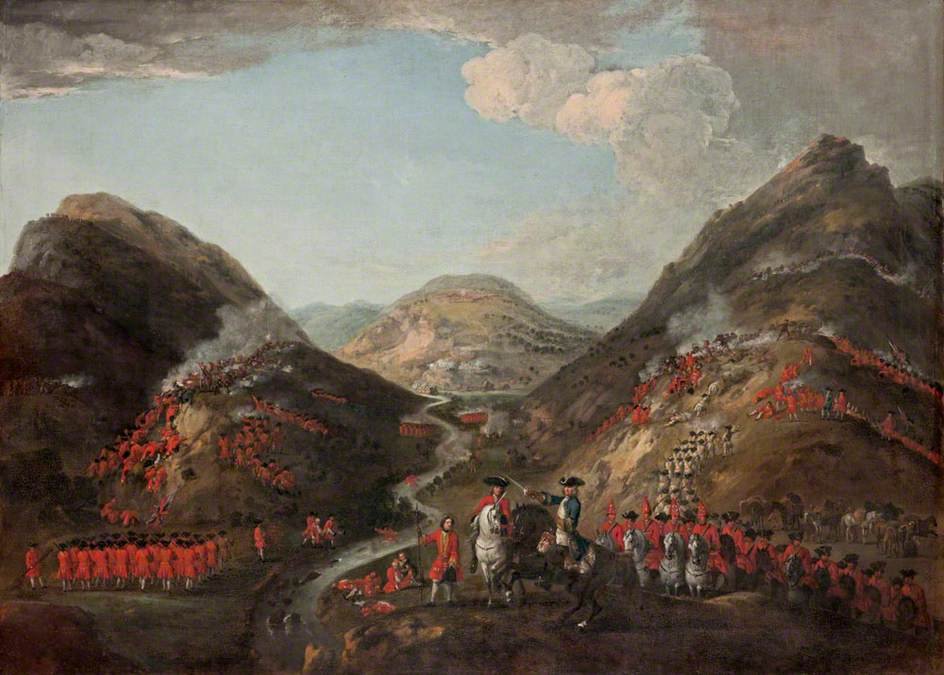
The Battle of Glenshiel was a battle in the West Highlands of Scotland on 10 June 1719, between British government troops and an alliance of Jacobites and Spaniards, resulting in a victory for the government troops. It was the last close engagement of British and foreign troops in Great Britain. The BattleIn March 1719 a force of 5,000 Spanish troops under the Irish Jacobite Duke of Ormonde left Cadiz intent on invading Britain. A smaller expeditionary force made up of around 240-300 Spanish troops led by George Keith, the 10th Earl Marischal, sailed from Corunna and on 13 April landed on the shores of Loch Alsh and set up their headquarters in Eilean Donan Castle. Although a small force, it was hoped that the promise of invasion from the south would prompt a general rising in Scotland. Unfortunately the main invasion fleet was wrecked in a storm, leaving the small Scottish bound contingent to go it alone. Things took another bad turn when a flotilla of Royal Navy warships arrived in Loch Alsh. On the evening of 10 May they proceeded to bombard Eilean Donan Castle, where most of the Jacobite provisions and ammunition were stored. The Spanish had little option but to surrender both themselves and their provisions. A Government force led by Major General Wightman marched from Inverness on 5 June, and now it was the Jacobites who were in extreme danger of being caught in a pincer movement from both land and sea. In order to stop Wightman's advance from Inverness, the Jacobites made the best use of a bottleneck in the pass of Glenshiel, erecting barricades along the road and across the high ground overlooking it, while the Spanish took up position on a fortified knoll immediately to the north of the road. On 10 June, Wightman began his final approach after leaving his camp beside Loch Clunie. The Jacobites, who had been waiting since 8 June, were deployed across both slopes of the glen, with the right located on a knoll protruding from the steep slopes just to the south of the river: their position is clearly shown on contemporary eyewitness plans. In response, the Government force formed into line across the glen, just less than a mile to the east of the Jacobite positions. Battle commenced at about 5.00pm, with Wightman's advance with the dragoons (mounted infantry) along the line of the road toward the centre of the Jacobites. They were accompanied by the coehorn mortars (a portable mortar designed to be moveable by four men) and used them to shell the knoll on which the Jacobites were located. Immediately after this softening-up exercise, Government troops began their assault. It took several attempts to oust the Jacobites from their strong point. Initially, they fell back behind a defile to the west of the knoll, but despite attempts by Lord George Murray, McDougall and Avoch to rally the men, they eventually began to stream away to the west along the steep slopes of the glen. Meanwhile, the mortars were turned against the Spanish positions on the fortified promontory on the northern slopes of the glen (now known as Spanish Hill) and also the Jacobite barricade which blocked the road below the Spanish citadel. The barrage failed to dislodge the enemy and so thirty-five dismounted dragoons advanced to the attack. This assault, which appears to have met stiff resistance, was supported at the foot of the hill by infantry, which crossed the river and successfully assaulted the barricade. The main body of the Government army moved across the northern slopes of the glen to engage with the Jacobite left, which was strung out across the northern slopes higher up and to the front of the Spanish position. The Government troops, who had quite a steep climb, first encountered Seaforth's party on the far left, where they may have been concealed by rocks. A general rout of the Jacobite line quickly ensued. At around 8 pm, if not before, by which time most of the Highland units had departed, Tullibardine, who was in command of the centre, organised an orderly fighting retreat of the Spanish troops, who apparently escaped without loss. Despite the strength of the Jacobite position, the tenacity of the Government assault, along with the inexperience of the bulk of the Jacobite force in maintaining a fire fight and standing as a unit when others were seen to be leaving the field, ensured a Government victory. Events & ParticipantsThe Battle of Glenshiel is notable as the only battle of the 1719 uprising, which was effectively ended with the Government victory. It is also marked out from the other major battles related to the Jacobite Risings as it involved around 200 Spanish troops fighting alongside the Highland clans. The international character of the battle is also reflected of the Government force, which included British troops, Scottish clans loyal to King George and also Swiss and Dutch regiments brought over from Holland in the face of the emergency. The battle is also unusual for the Jacobites fighting from a defensive position instead of employing their preferred tactic of the charge. A number of important figures took part on the Jacobite side, including Lord Seaforth, George Keith (10th Earl Marischal), John Cameron of Lochiel and Lord George Murray (commander of the Jacobite army during the '45) and Rob Roy MacGregor (a famous Scottish outlaw in later life). The Government force was commanded by Major General Wightman who had previously fought at the 1715 Battle of Sheriffmuir. |
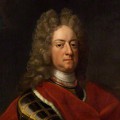 Duke of Ormonde
Close
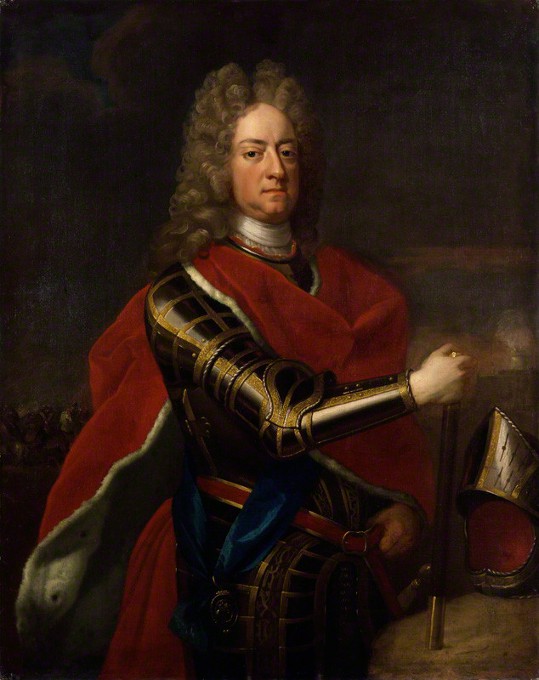 James Butler, 2nd Duke of Ormonde, by or after Michael Dahl (1714) NPG 78 © National Portrait Gallery, London 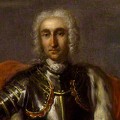 George Keith
Close
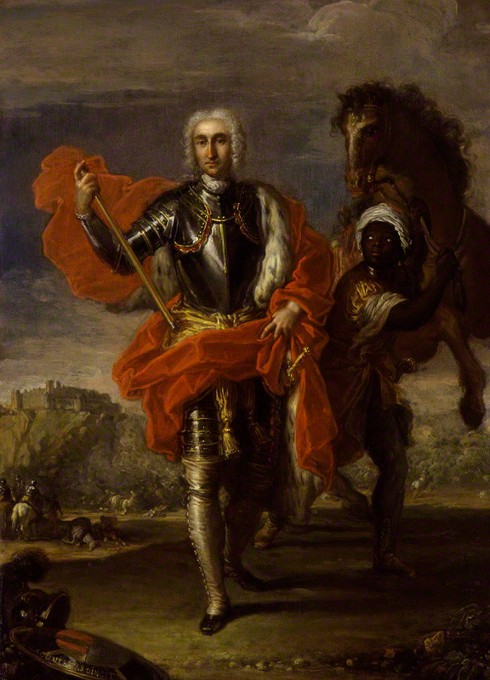 George Keith, 10th Earl Marischal, attributed to Placido Costanzi (c.1733) NPG 552 © National Portrait Gallery, London 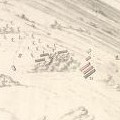 Battle Map
Close
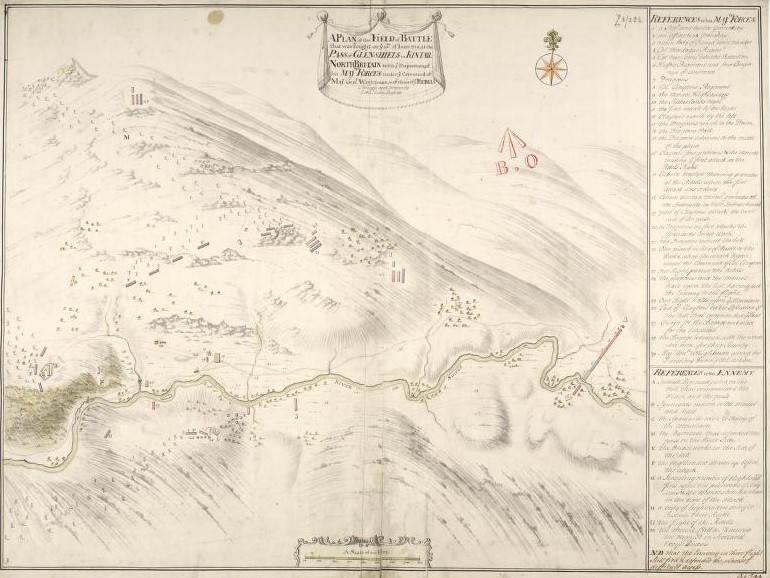 A Plan of the Field of Battle that was fought on ye 10th of Iune 1719, at the Pass of Glenshiels in Kintail North Britain with ye Disposition of his Majtys Forces under ye Command of Majr. Genl. Wightman, & of those of ye Rebels © Crown Copyright and © National Library of Scotland 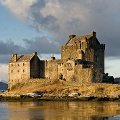 Eilean Donan 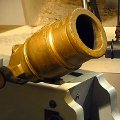 Coehorn Mortar |
